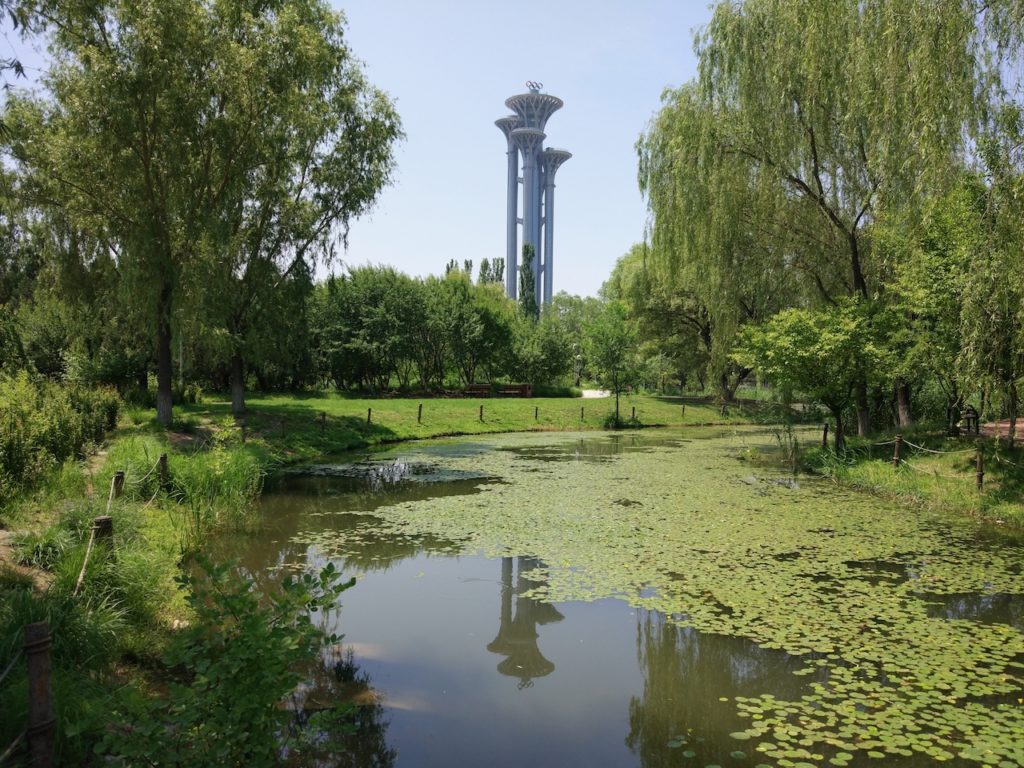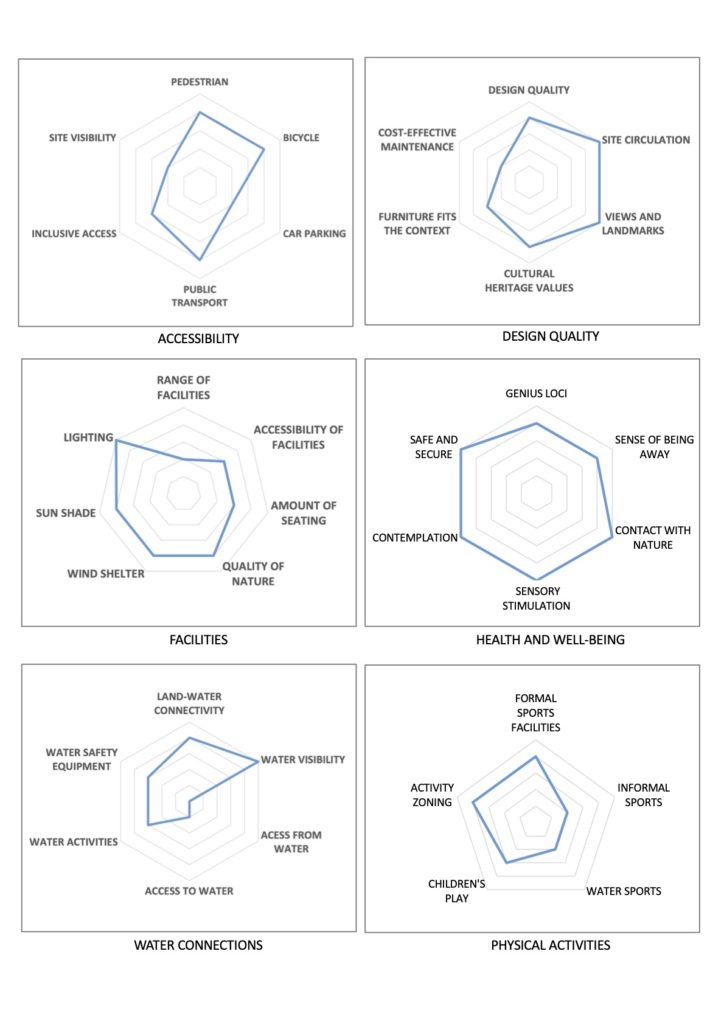
Architect
Tsinghua Urban Planning and Design Institute, Jie Hu
Type of Area
Artificial lake
Wetland
Land/water interaction
Bridges
Marsh land
Built Environment Types
Low built
High green
Scale of Impact
District/neighbourhood
City
Regional
Intervention Scale (Spatial)
Large Site
Project Types
Green infrastructure
Wetland restoration
Outdoor recreation
Urban/ Rural
Inner urban area
Visibility and Openness
Fully enclosed
Fully contained view
From Olympic Park to Public Park
The Beijing Olympic Forest Park, built for the 2008 Olympic games, served as a recreation area for athletes and officials, as well as a venue for tennis, archery, and hockey events. After the games, the park was opened to the public. The park’s design is a fusion of imperial Chinese urban planning, the art of Chinese gardening and facilities to cater for modern needs.
Three foundational elements of the Beijing Central Axis urban planning were adopted into the structure of the Olympic Park: the Forest Park, the cultural axis and the Olympic axis. The design concept emphasises man’s coexistence with nature and incorporates the sacred place theory of Shan Shui, literally mountain and water, that focuses on balance, composition and form.
The Shan Shui art form consists of meandering pathways leading to a threshold or place of welcome, such as a mountain and a focal point, to where all the elements of the design should lead. Consequently, the mountains and water in the design have picturesque and symbolic value. Feng Shui principles, of which Shan Shui is a part, inspired the enlargement of the existing water body to form a dragon-shaped network of streams flowing in a southerly direction from the mountain, forming lakes and a wetland.
The forest park wetland is also designed as an ecological water purification system that helps to moderate humidity and temperature, increases stormwater retention and collects rainwater. It supports a diverse ecosystem of native plants and animals and is an ideal place to get away from the city by offering a variety of opportunities to interact with nature, especially with water. There is a network of pathways, boardwalks and wooden bridges which allows visitors to enjoy the waterscape, although restrictions operate in some areas.
The park is divided into natural, semi-natural and man-made areas, with children’s playgrounds, an open-air theatre, fishing area and art exhibition centres to attract tourists. The pathways are suitable for jogging and cycling and are dotted with viewing points, seating areas and picnic sites, but they are not especially wheelchair friendly.
Perception and Meaning
Imageability
Focal point
Accessibility
Place identity
Knowledgeability
Health and Wellbeing
Restorativeness
Better environmental perception
Aesthetic experience
Tranquility
Sense of being away
Interaction with Water
Visual

Website of the project:
https://www.sasaki.com/projects/2008-beijing-olympics/
Project development images
http://img.thupdi.com/project/2015/08/103-40ae72b3-4137-4711-8b48-913809044f67.jpg
Brief description in Chinese
http://m.thupdi.com/project/view?id=1805
Google map reference
As a former Olympic village site in the heart of Beijing and integrated into the Green axis urban planning, the site is well connected to public transport and accessible on foot and by bicycle. The forested areas screen the park meaning the visibility of the site is low but the sense of being away in this city centre location is high. Notable landmarks include the Olympic swimming centre Shu Li Fan (Water Cube) and stadium Niao Chao (Bird Nest), which glow at night as well as the tower which depicts the Olympic symbol on its summit.
Cultural heritage value is high as it connects to various Chinese cultural components such as Shan Sui and imperial Chinese garden design, blending this with the modern wetland structures. The focus on garden design and water purification allows the public to encounter nature and it is considered a peaceful and restful place to be and an escape from the city. Seating is limited, however, but there is plenty of green space to sit underneath the shade of a tree. There is also plenty of space for picnicking.
Water activities include boating on the lake, and there are opportunities to go down to the water’s edge, but not many opportunities for activities in the water. This is partly to be expected as a wetland park that is used to purify the water. There are plenty of opportunities for informal sports like hiking, jogging and cycling on the many paths that meander through the park. The tracks are of varying lengths, 3km, 5km and 10km, which are marked with the distances travelled.
